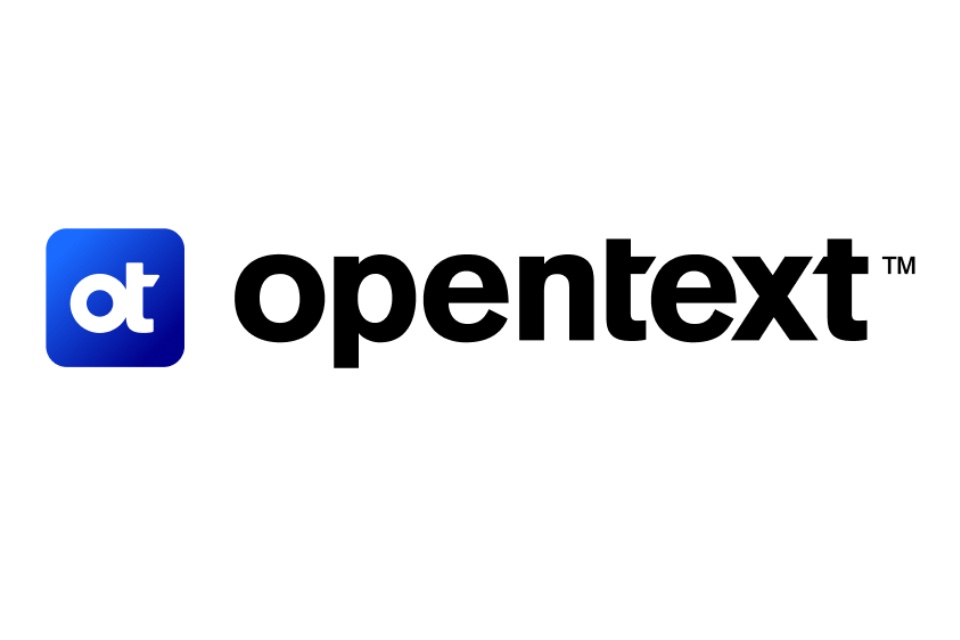By Amir Harel, General Manager of Visibility Solutions, Zetes
Customer demands are a significant contributor to the added complexity, cost and waste, that retailers are seeing in their supply chains.
As companies cite more flexible returns, faster delivery and real time delivery updates as the key causes, new research from retail decision makers reinforces the undisputed need for improved supply chain visibility.
Crucially, the lack of visibility is affecting organisations’ performance and the foremost problems that surface are:
- Excessive inventory levels
- Increased waste
- Lost sales due to products not being available
- Lack of real-time alerts to mitigate potential disruption
- The ability to identify returned goods as available stock
The survey conducted by Sapio Research on behalf of Zetes, reveals that 94% of respondents lack the ideal visibility of events affecting their supply chain performance, while 87% agree that a fully visible supply chain with real-time updates can give an organisation a competitive advantage.
However, almost three quarters (71%), say that a lack of supply chain visibility has had a negative effect on the business.
Other key survey findings include:
- 33% of respondents mention that the sheer volume of data and lack of access to real time data are proving a challenge when trying to improve supply chain visibility
- Customer satisfaction and loyalty are essential corporate objectives and there is recognition that supply chain visibility would improve these by over 30%
- 42% of supply chain decision makers find ‘reduction in waste’ very challenging
With so many potential areas of the supply chain to address, where do retailers go from here?
The goal of visibility is ultimately to gain better control and unlock performance potential. As a platform for greater efficiency and network collaboration it can be transformational. Without it, retailers will struggle to achieve the big wins associated with improvements in waste, on-shelf availability, supplier performance and customer engagement.
The key is to combine the big vision with pragmatism. In other words, it is important to think big but start small and then scale as the gains become evident. With the appropriate knowledge of supply chain processes and how to synchronise physical and digital data flows across disparate systems, a fast ROI can be realised with minimum technology investment and complexity.
Zetes’ Supply Chain Visibility Research Report surveyed 451 respondents in the UK, France, Germany and Spain. All interviews were conducted in December 2018 and January 2019.







